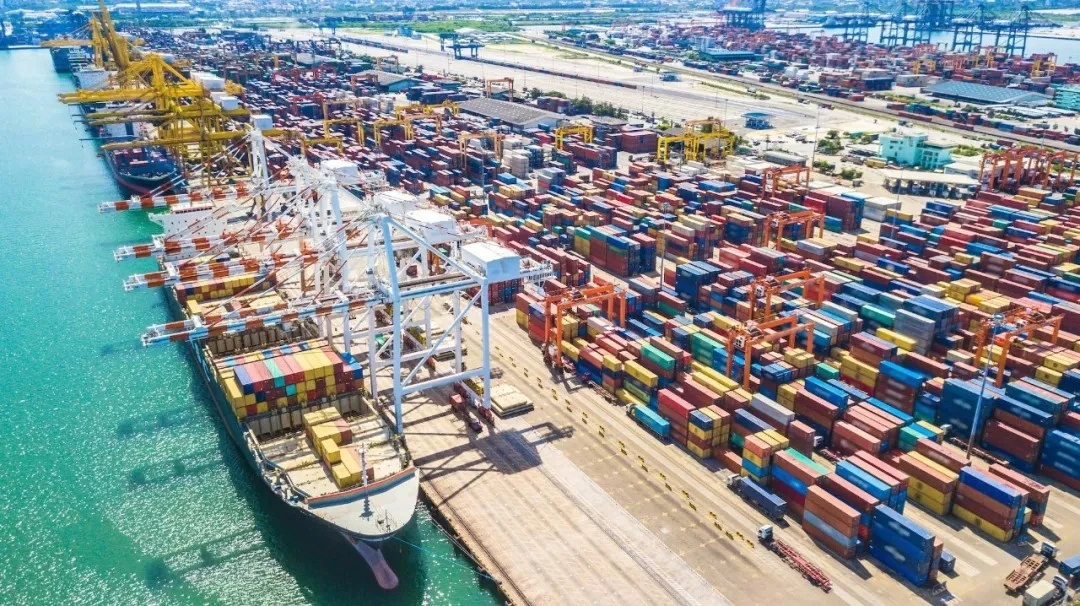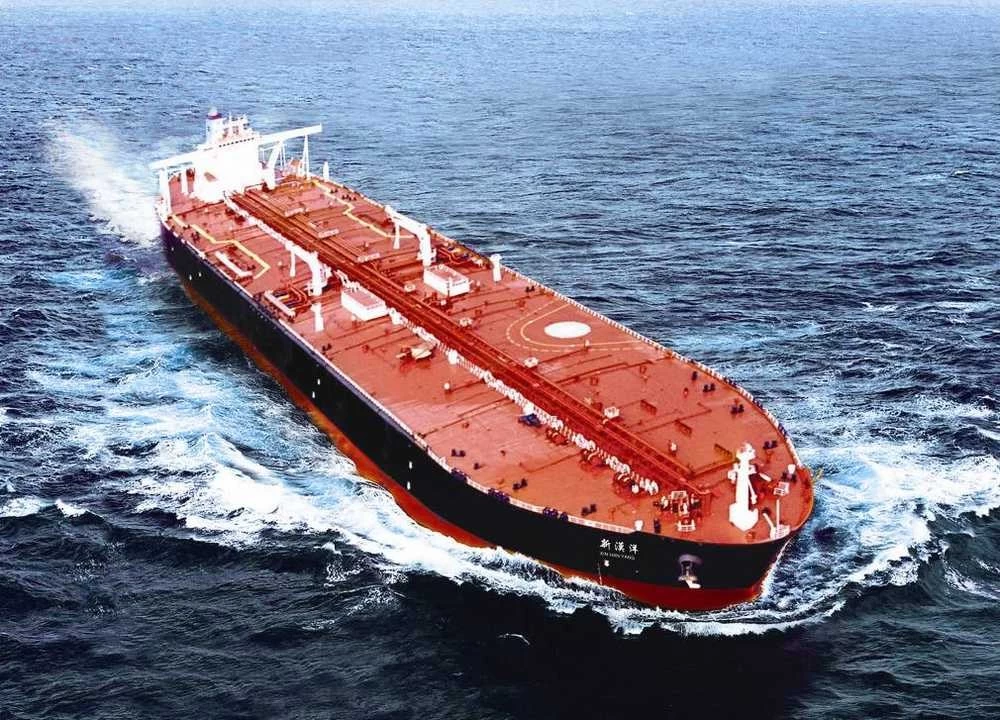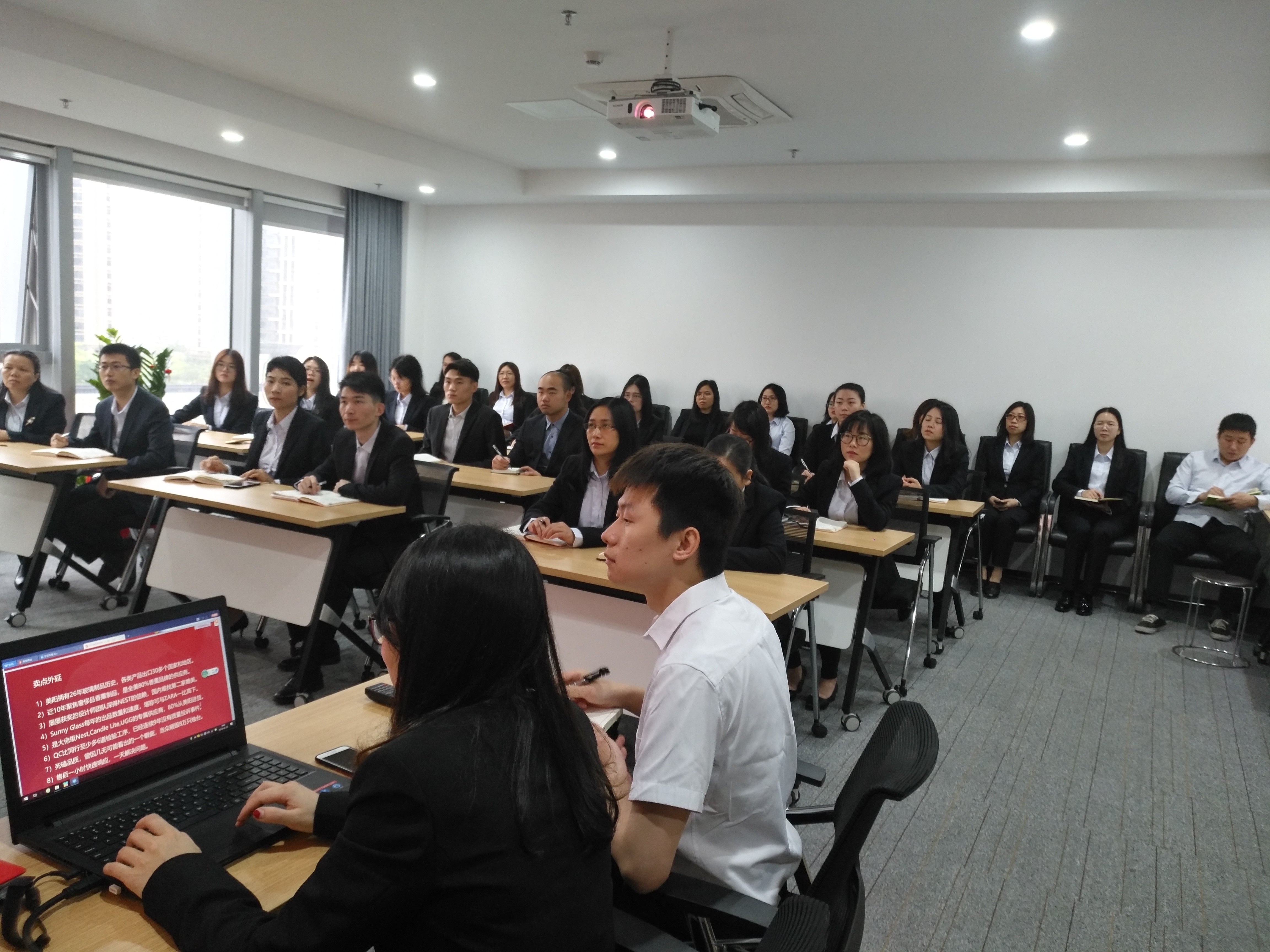90% of container ships delayed!

Congestion at the port of Singapore has climbed to its highest level since the outbreak of the epidemic, a grim situation that directly reflects the strategy of ships being forced to take detour for a long time to avoid the risk of attacks in the Red Sea region, which has seriously disrupted the global shipping order and led to other major ports in Asia and Europe becoming operational bottlenecks.
Transport Minister Chee Fong Ta said that currently about 90 per cent of container ships fail to arrive in Singapore on schedule.
At the same time, many consumer-oriented companies are planning restocking plans for the year-end sales season. However, these retailers, manufacturers and other related industries, which are highly dependent on large container ships for cargo transportation, have to face the multiple challenges of soaring freight rates, severe port congestion and container supply shortage.
According to maritime data agency Linerlytica, global port congestion has hit an 18-month high, with 60 per cent of ships parked in Asia and ships with a total capacity of more than 2.4 million TEUs waiting in port at the end of June.
However, the biggest difference between this time and the outbreak is that the reason for the blockage of the port is not the buying frenzy of home consumers, but the ship to avoid the attack of the Red Sea militant groups, changed to take a longer route around Africa, so that the ship's sailing time has been disrupted.
Transport Minister Chee Hong Tat said in a written response to questions that due to the crisis in the Red Sea region, about 90 per cent of container ships are currently failing to arrive in Singapore on time, a significant increase from the 2023 average of about 77 per cent. It highlights the current challenges and uncertainties facing the maritime industry.

"The ongoing impact of the Red Sea crisis has forced ships sailing between Asia and Europe to bypass the Cape of Good Hope, a change that has directly led to more severe delays at ports around the world. At the same time, the so-called 'bunching' phenomenon of a large number of ships crowding into specific ports in a short period of time further complicates the problem."
Singapore's Transport Minister Chee Fong Tat stressed that this situation has significantly increased the demand and operational difficulty of handling containers at Singapore terminals. He further explained: "In order to accelerate the return of ships to Europe, liner companies have chosen Singapore as an important transshipment hub, which enhances the strategic position of the Singapore port, but also lengthens the operating time of container ships in the port, which has triggered a ripple effect of increasing waiting times for incoming ships and increasing berthing congestion."
In the face of this challenge, he made clear that the Ministry of Transport, the Maritime and Port Authority of Singapore (MPA) and PSA Singapore are "working closely" to find and implement effective solutions to ease congestion at the port and restore normal shipping order.
Detailing a series of measures taken by the Port of Singapore to address current challenges and plan for the future, Mr Chee said Singapore has restarted some berths and yards at Keppel Terminal and Tanjong Pagar terminal in the urban area to enhance handling capacity. PSA has significantly improved the operational efficiency of its terminals since the beginning of the year and plans to further expand capacity in the coming months to cope with the expected increase in demand. In particular, the construction of the Tuas Port is progressing well, with three new berths coming into operation this year, the first of which is expected to open this week, followed by two in October and December. PSA also said that if demand continues to rise, it will accelerate the development of additional processing capacity.
"Pasir Panjang Terminal will serve as a solid backstop during the construction of the Port, operating at least until 2040, ensuring that the port's container handling capacity will not only not decline, but continue to grow until the port is fully completed, when its annual capacity will reach a staggering 65 million TEU," he stressed.
On current operating conditions, he noted: "In the first five months of the year, Singapore's container throughput increased by 7.7 per cent year-on-year to 16.9 million TEU. "Although our efforts have improved the average time to berth this month (June), the ongoing impact of the Red Sea crisis, which will not ease soon, and the surge in cargo volumes due to early shipments by shippers for the holidays, are likely to exacerbate port congestion."
Despite a correction in overall market trends, the U.S.-East route remained particularly strong, with 40-foot container rates approaching $10,000, the highest since late June 2022.
Congestion in the Port of Singapore under the current situation
In the past, ships have traditionally operated in large transit ports such as Singapore, unloading cargo and reloading it to other vessels for final transport. With the tension of the global logistics chain, it has been seriously challenged. Today, in order to avoid delays and meet the shipment schedule, many cargo are choosing to forgo subsequent voyages in Singapore, resulting in a significant increase in the average discharge volume at the Singapore port, even soaring 22% between January and May this year, which has put a huge pressure on the port's productivity.
As the world's second largest container port, Singapore has faced particularly severe congestion problems recently. While the Maritime Port Authority of Singapore (MPA) said at the end of May that the average waiting time for container ships was two to three days, the actual delay could be as long as a week, according to ship tracking companies Linerlytica and PortCast, far more than the usual berthing time of no more than a day.
The congestion has also caused a ripple effect, forcing some ships to abandon their berthing in Singapore and instead visit other nearby ports, such as Port Klang and Tanjong Papas in Malaysia, but the carrying capacity of these ports has also been tested and congestion has also increased. In addition, waiting times at Chinese ports are gradually lengthening, reflecting the spread and complexity of global supply chain tensions.

Sunny Worldwide Logistics (Shenzhen) Limited - established in 1998,an international freight forwarder in China.Sunny Worldwide Logistics proven and reliable shipping solution, offering consistent, high-quality service worldwide for any kind of freight.our company is a large and professional logistics company,we provide the sea, land, air transport, customs clearance, inspection and trailer, Co, F/A, fumigation, insurance and other related itmes in one service.The spirit of service of our business is Professionalism Focus High Efficiency.we are responsible for each and every step of the shippment.